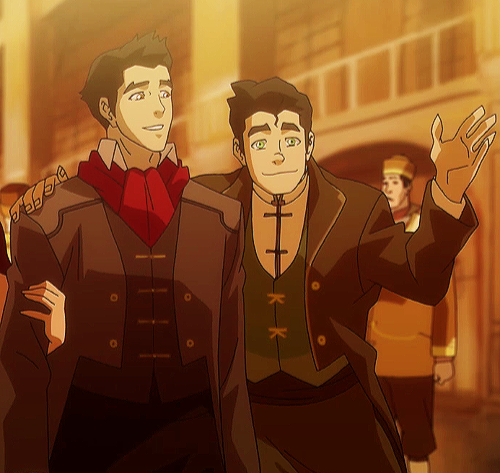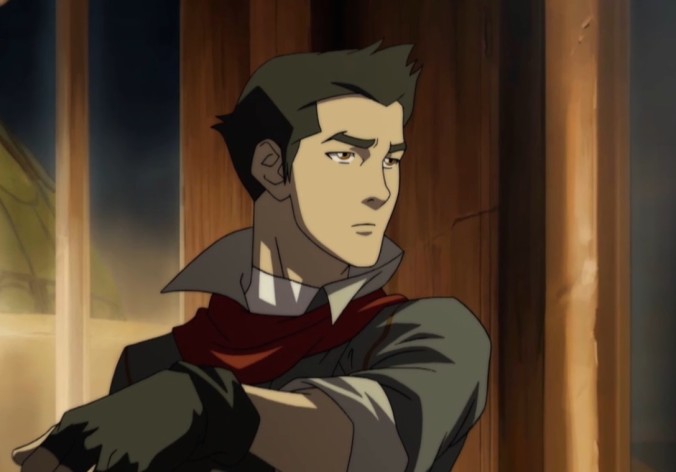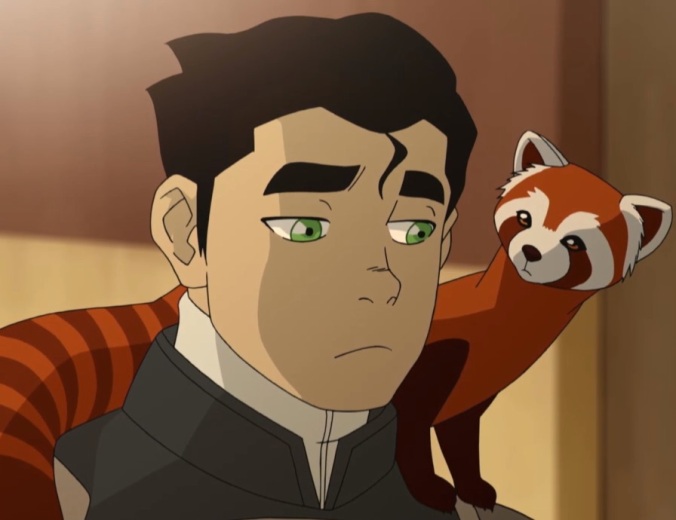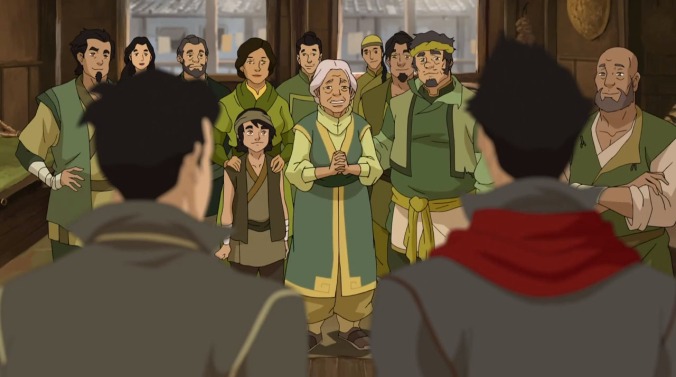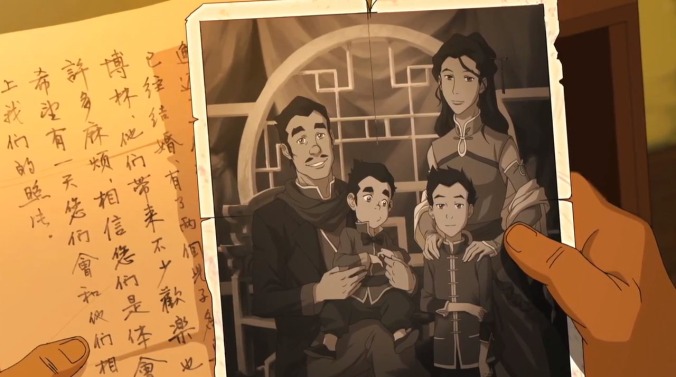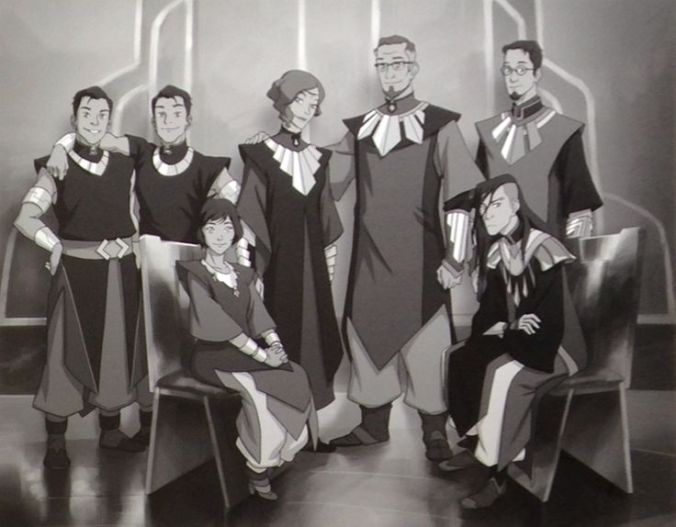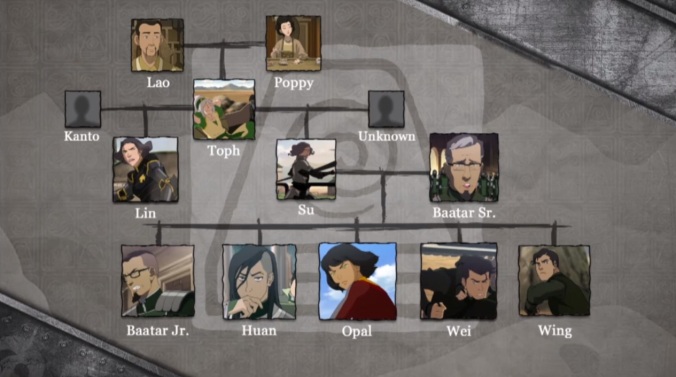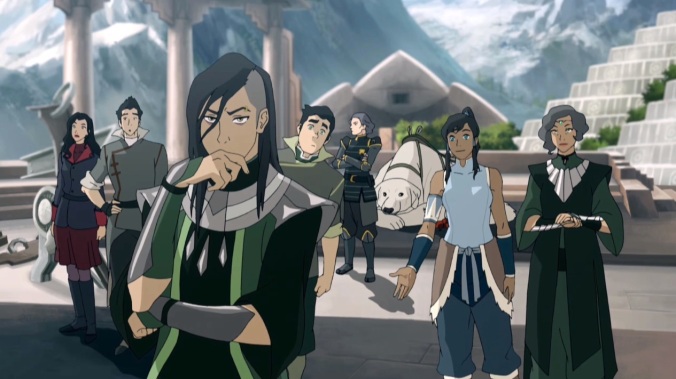Part 2: The Earth Nation
Now that we’ve established some worldbuilding basics, let’s get deeper into the various cultures in Korra’s world. We’ll focus on the 3 major cities of the Earth Nation: Republic City, Ba Sing Se, and Zaofu. We’ll compare and contrast their architecture, fashions, manners, and culture, then discuss what that those signifiers tell us about their respective city’s history, economy, norms, and morals.
A Pluralistic Society
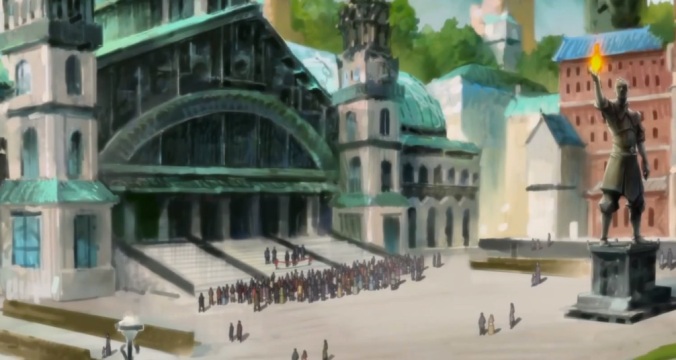
One of the things that makes Korra’s world so rich is its pluralism. There are no monoliths of culture and politics (except perhaps the institution of the avatar itself). It’s a world with hundreds of different ideologies, technologies, and styles. We see this best in Republic City. Just count the different styles of clothing in this crowd shot.
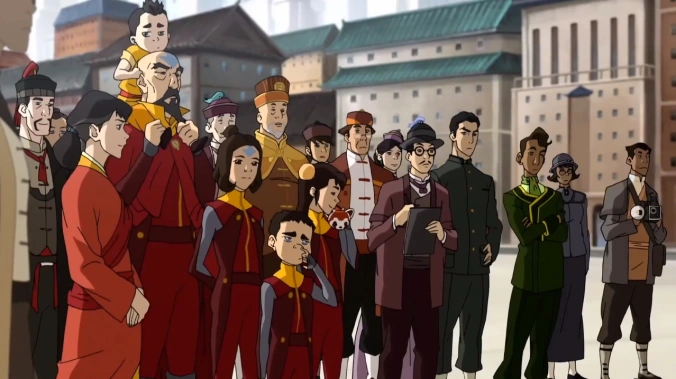
This is a city that brings together people of many different backgrounds, just like many real-life cities.
Pluralism is one of the things the creators of Korra got totally right, and it’s one of the things that made the show so exciting. Think back to The Last Airbender. In that series, we saw very well-defined nations, including small towns and cities with their individuated styles. That was a pluralistic world as a whole, but there was very little mixing. As time advanced, the world of Avatar modernized and people started coming together in the United Republic. By the time Korra came around, Republic City was a thriving metropolis representing all four nations.
The fact that we saw the world modernize and change made it so much more believable. Real-world societies are dynamic, constantly shifting. The creators accomplished a great feat by considering how they wanted their cities and cultures to evolve over time. In this case, they enlisted the forces of modernity to create a pluralistic society.
But it’s not enough to throw a bunch of mismatched people together and call your city pluralistic. That’s not how it works. Real cities, even pluralistic ones, coalesce around a unifying culture. Consider that New York, Rio De Janeiro, and Tokyo all have their unique city cultures, even though they’re composed of innumerable subcultures.
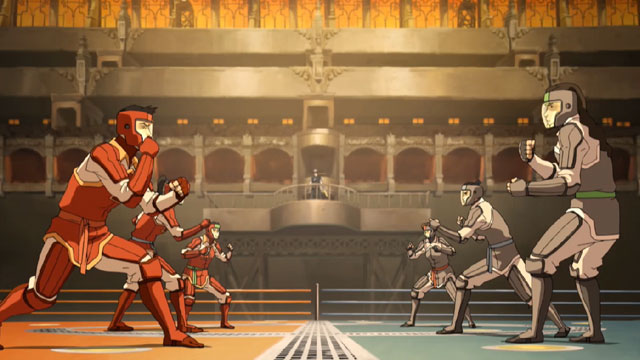
The people of Republic City, like people in many real places, come together around sports. And their sport of choice is pro bending, a 3-on-3 combat duel involving a fire, earth, and water bender on each side.
When building a world, you want to ask questions like:
What sports do they watch?
What food do they eat?
What type of art do they enjoy?
What rituals do they have?
Pro Bending is the perfect fictional sport for Republic City. It’s fast-paced and aggressive, which suits the modernizing city’s appetite, it brings together the 3 different nations/bending types, and it alludes to some of the dark and seedy elements of the city. A sport modeled around bending is ingenious, and I’m so happy the creators introduced it to this world.
Architecture and Fashion
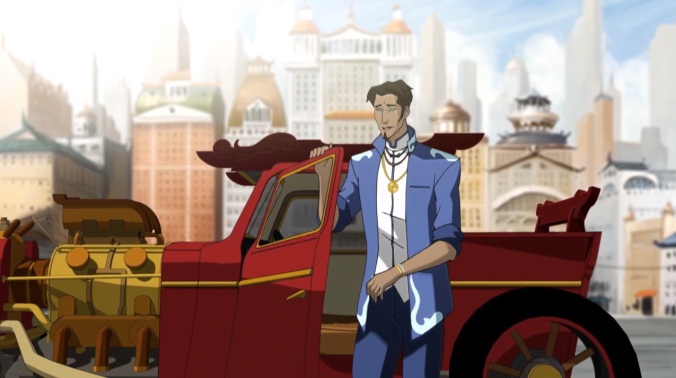
Architecture is something that unifies a city’s people. No matter where you go, citizens are always chatting about the buildings in their skyline because it defines their collective style. It’s part of their identity. As you can see above, Republic City is made mostly of large, rectangular stone buildings, with some steel skyscrapers in the background. The tall buildings are of a Western-style construction with some serious Asian flair, which is consistent with the style and time period (early 20th century-like). The state of the city’s infrastructure (it’s clean, functional, and aesthetically pleasing) implies a bustling, growing city. It’s a well-organized, planned city, which implies a stable and effective government. We can imagine there’s an active economy and that Republic city is a proud and victorious capital.
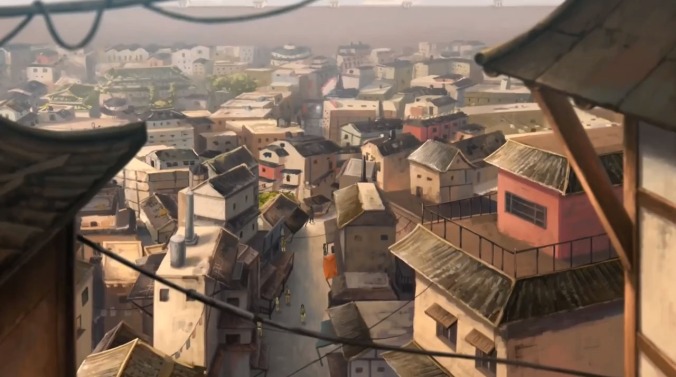
The slums in Ba Sing Se’s Outer Ring
Compare that to these old, decrepit buildings in the Earth Kingdom’s capital, Ba Sing Se. These are slums, of course. The houses are in poor condition and the streets are narrow. Homes are crammed next to one another haphazardly. You immediately see a difference from Republic City.
Take a look at the various strata of Ba Sing Se:
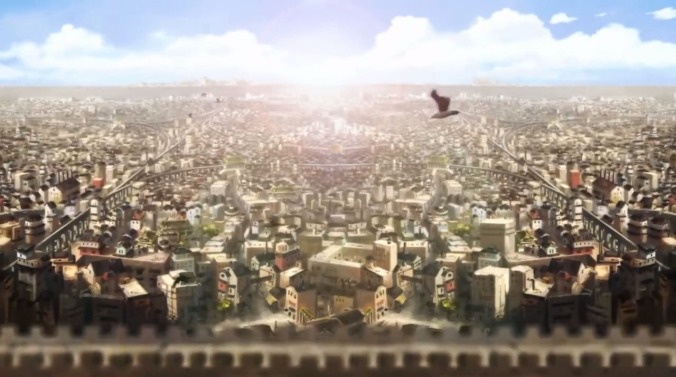
Outer Ring of Ba Sing Se
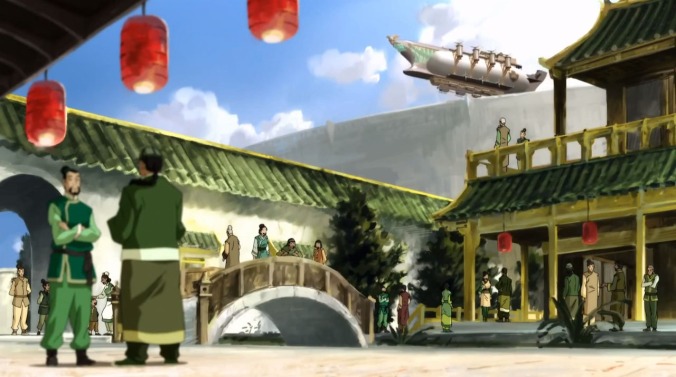
Middle Ring of Ba Sing Se
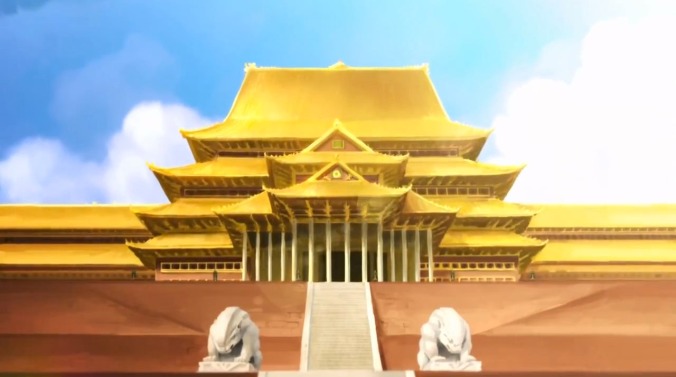
Inner Ring of Ba Sing Se
This is a segregated city. The poor, middle class, and nobles live in three sectioned strata, which already says a lot about the society. The Queen’s palace is at the center of the city, both literally and figuratively. When we see it, we imagine all the resources poured into building and maintaining that golden structure, and what that means for the outer parts of the city.
Still, there’s a common style among all three levels, inspired by what looks like Qing Chinese architecture and fashion. Even the Outer Ring has some public infrastructure (a rail line, markets) and on the whole it appears that the city functions in balance. Aside from occasional barbarian raids in the Outer Ring, Ba Sing Se is rather stable until Zaheer attacks and kills the Earth Queen. That event immediately throws the city into chaos, of course, because the whole foundation of the city was built around her.
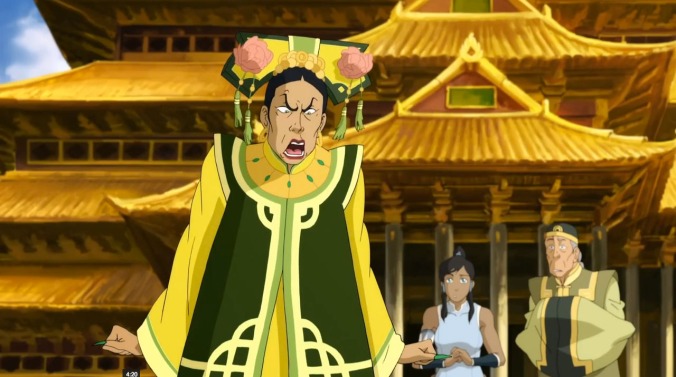
The Earth Queen
Then there’s Zaofu:
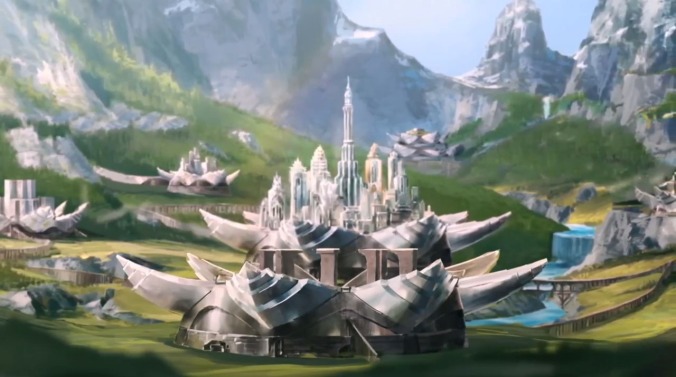
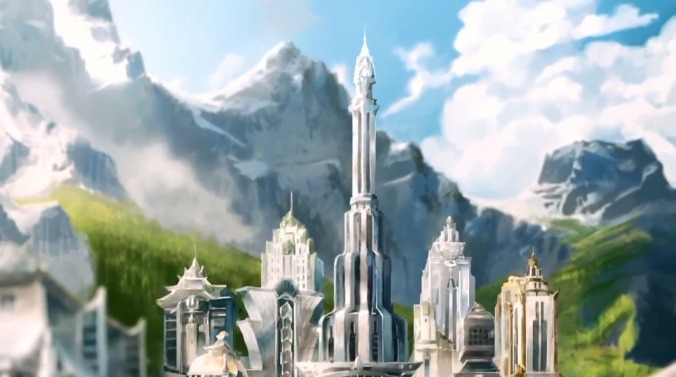
Metal Spires in Zaofu
Zaofu is an ultramodern all-metal city. The buildings are unique and ethereal-looking, unlike anything we’re used to seeing in our actual world, which makes the city feel ethereal. It’s a sort of Shangri-La, governed by an enlightened family (The Beifongs) in a cultured, egalitarian manner. The citizenry appears to be completely upper middle class, comfortable, independent and enlightened.
The city is actually a set of pods with retractable metal shells, which makes it easily defensible. By necessity, the buildings are built around central spires, with the tallest buildings in the center so that the dome-shaped shell can close properly. It’s a shiny, rich, exciting city that clearly has a lot of resources. Perhaps because it’s a city of metalbenders, there is plenty of talent and access to resources to keep the city thriving well above its neighbors in the Earth Kingdom.
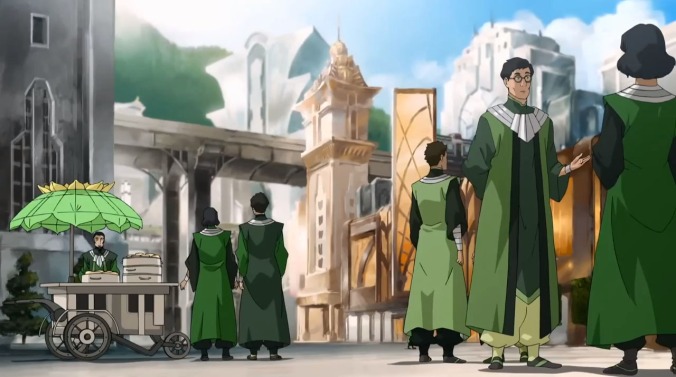
People of Zaofu
Everyone in Zaofu dresses similarly: flowing green robes with metal collars and other adornments. The similarity of dress indicates that the citizens are all part of a single tribe: The Metal Clan. Theirs is a specific culture with a history that dates back to Toph Beifong, the first metalbender. A heroic statue of Toph stands tall in Zaofu’s center. Her story is woven into the city’s mythology and identity.
The long, green robes are interesting. Green is the color worn across the Earth Nation, so clearly the Metal Clan is loyal to its larger national identity. The robes tell us that these are not working class people. Their loose-fitting clothes and jewelry are luxurious. The robes allow them to move around to perform their metalbending, but they are not practical clothing. Contrast their flowing robes to what Lin Beifong, an active police officer, wears–tight-fitting metal armor.
The necklaces, collars, and bracelets serve two functions. First of all, they are practical–they allow the metalbenders to hurl projectiles or cuff their enemies. But they are also ornamental–the jewelry shows off wealth and an appreciation for aesthetics.
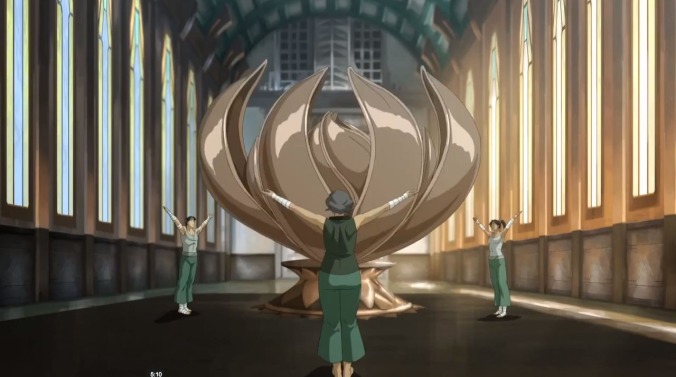
A Dance recital in Zaofu
In Zaofu, people are dancers, craftsmen, and artists. They are wealthy and joyous, striving to live comfortable and meaningful lives.
All the distinctions between these cities become very important in Book 4, when Kuvira attempts to unify her Earth Empire.
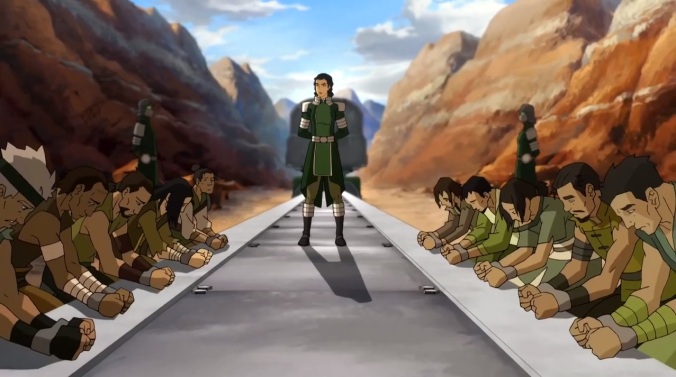
Kuvira captures barbarians in the Earth Empire
Kuvira, a Zaofu native, takes the Metal Clan style in an aggressive direction. The sharp angles of her shoulders, belt, and boots convey a military authority. She has kept the green color palette because she is an Earth Nationalist.
As Kuvira goes on her conquering spree, she encounters resistance across the Earth Kingdom, first from the king of Ba Sing Se, and then from the Metal Clan of Zaofu. The different cities react very differently to Kuvira’s invasion because they have unique histories and cultures. See, everything about the behavior and mindset of these cities has been thought out in context of their place in the world. In that way setting can never be separated from plot.
Eating
I mentioned earlier that food is an excellent way to get into the particular culture of a place, so as a final example, we’ll illustrate the different eating styles in these cities.
Republic City has a plethora of restaurants, markets, and homes where people gather to eat. There’s not one specific way in which its citizens eat, because the city is a mix of cultures.
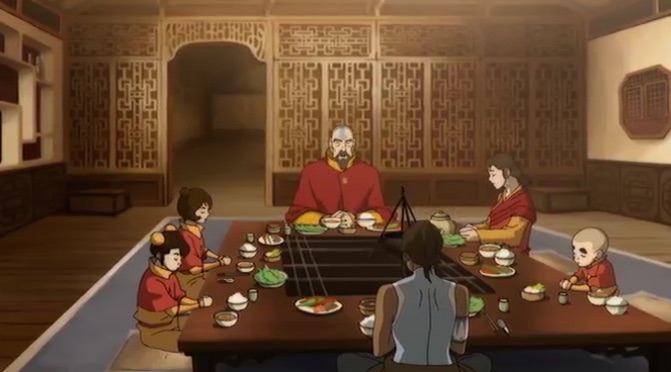
Tenzin’s family sits down for dinner
We already saw this picture when we were talking about the Air Nation, but I remind you of it since it’s a good example of a typical family eating in Republic City.
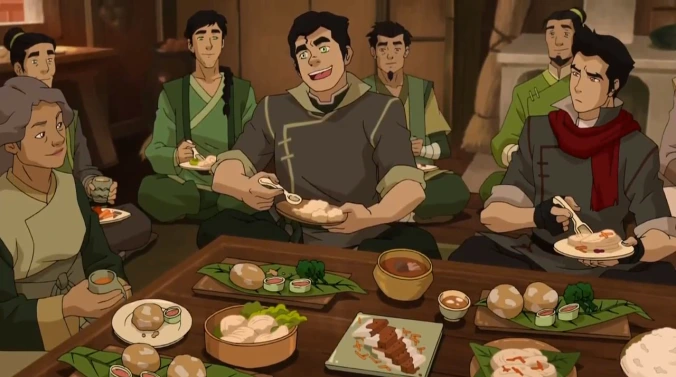
Mako and Bolin eat with their family in Ba Sing Se
These Ba Sing Se citizens sit down to eat very modestly. As poor residents of the Outer Ring, they have just a few simple food items.
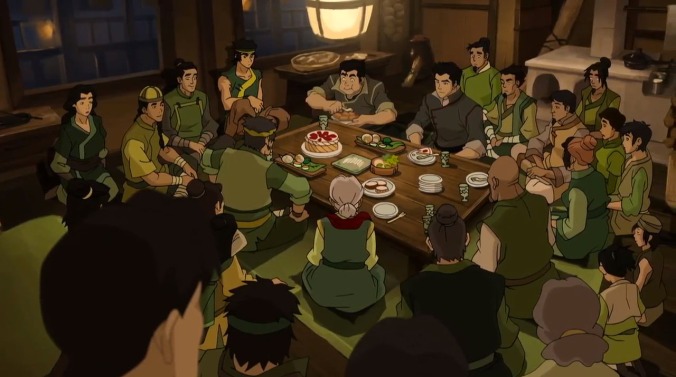
A wider shot of Mako and Bolin’s family dinner
That’s a lot of people and not much food to go around!
But on the other hand, this sitting down to eat is clearly an important ritual for this large family. The table is in a privileged location in the center of their home, and the entire family gathers to meet their honored guests Mako and Bolin over a meal. They eat family-style. That is to say, the food is plated for everyone to share in the center of the table, and each person takes what they wish for themselves. You get the feeling that this is a precious, intimate moment for everybody, even if there’s not an excess of food.
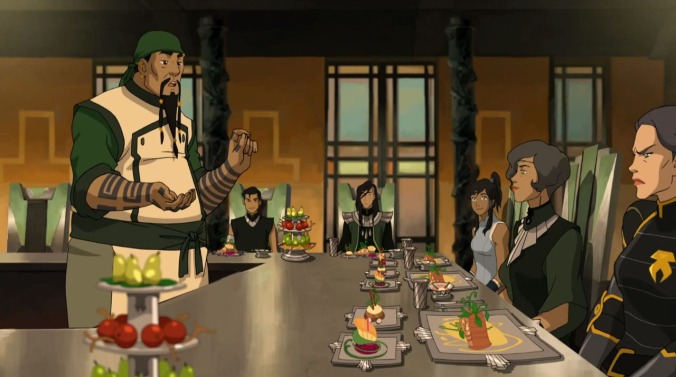
Eating in Zaofu
On the other hand, eating in Zaofu is a luxurious experience. The meal has been prepared by a chef who describes the various delicacies. Each person’s meal is plated immaculately, with an expert presentation in ornate metalware.
Importantly, this is still a family experience. The table is shaped so that everyone can see each other and converse, and the environment is relaxed and social. Su takes her spot at the head of the table, but she’s not authoritative or stuffy. It’s a joyous gathering of a wealthy family. Never mind Lin’s scowl. She’s just angry for personal reasons.
I guess everyone’s got their issues.
Thanks for hanging out with me! Next time, we’ll get deeper into the plot structure of Legend of Korra.
